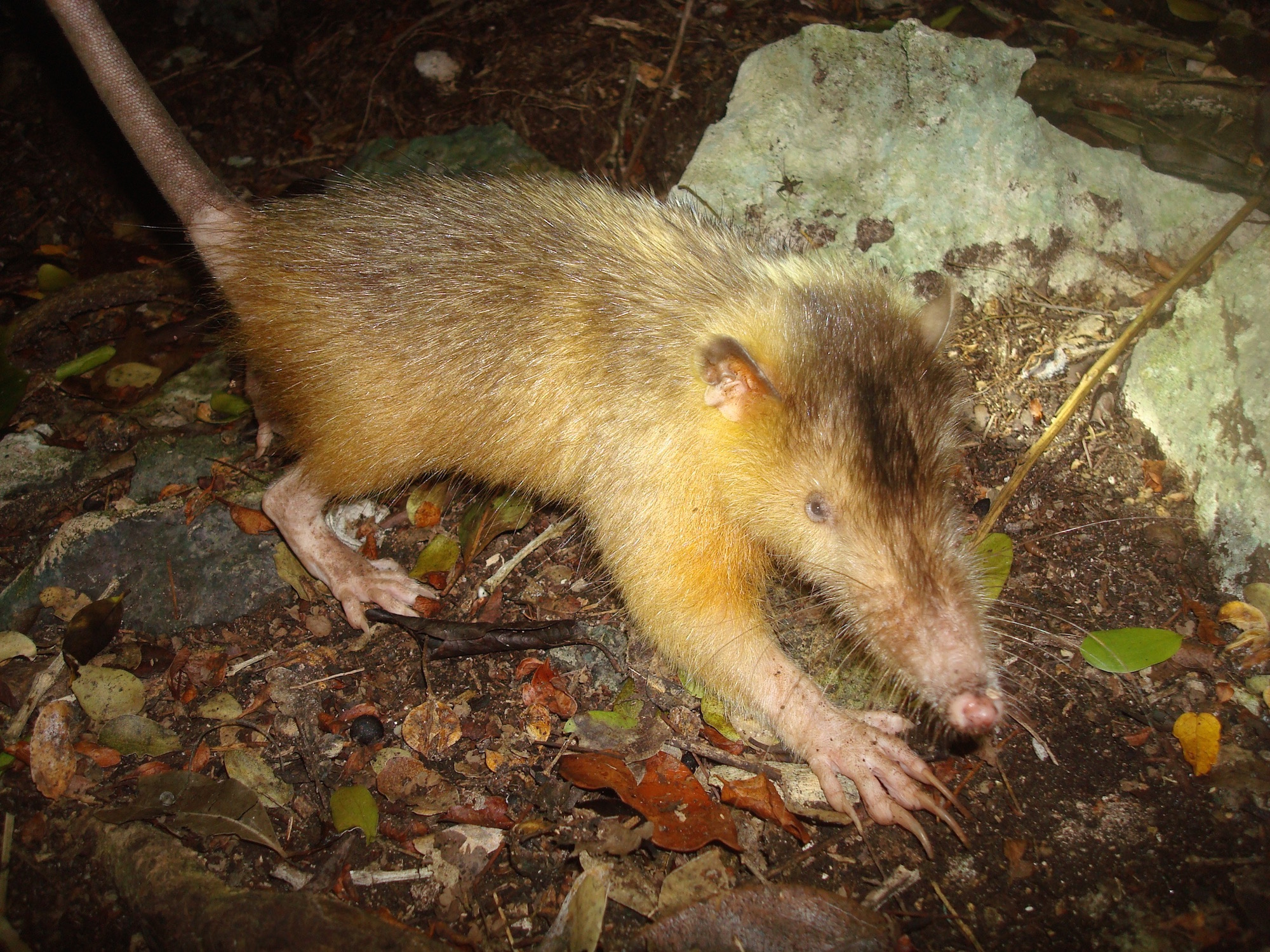Teaching, Mentoring, and Fieldwork
There are natural feedbacks between teaching and research that reciprocally benefit student learning and generate novel inquiries. During the process of preparing for lecture, and then again while answering questions, I find that there is a tremendous opportunity for connecting disparate facts and challenging weakly granted assumptions. So too when examples from my research can actively illuminate difficult lecture concepts, the engagement with student learning is more tangible.
I especially value active in situ learning, as there is no substitute for experiencing the concepts of study while visiting real ecosystems, collecting your own data, and writing your own field notes. Hearing that glacial cycles led to the formation of intermittent lakes is the first step, but visiting the sandy shores of dry lakes to envision waxing and waning waters moving those sands over millennia is a more advanced understanding of the truth. As a result, I aim for my group to regularly participate in fieldwork, whether for short trips as part of courses, or multi-day trips to local sites in Arizona for research projects.
Teaching
ASU COURSES (Arizona State University, School of Life Sciences)
2025. Phylogenetic Biology and Analysis, BIO 498/549. Fall semester: in person (30 students).
2021-present Evolution, BIO 345. Spring semesters (~270 students).
2023. Applied Phylogenetics, BIO 498. Fall semester: in person (20 students).
2021–present. Undergraduate Research, BIO 495. Independent study projects.
Fieldwork
DOMESTIC
- Small mammal surveys habitat islands of the Madrean Sky Islands (Pinaleños, Galiuros) and Phoenix Metro area (ASU campus, City of Phoenix Parks).
- Rodent surveys in the Santa Catalina Mountains (2021-23), Arizona, as pilot work for population-genomics studies of small mammals and viruses across montane habitats in the Madrean Sky Islands.
- Educational surveys in lowland Sonoran scrub (Apache Box) and pine-oak chapparal (Haigler Canyon, Pinto Spring).
- New Mexico, Arizona, California: Field leader for the University of Chicago’s one-month Desert Ecology Field School; mentorship and training of undergraduates on field projects.
- Nevada, Oregon, and California: Projects on phylogeography and population genetics of kangaroo mice; behavioral ecology of desert rodents.
Arizona (2021-present)
Chihuahuan and Sonoran Deserts, USA (2011)
Great Basin Desert, USA (2003-2006)
INTERNATIONAL
- La Habana and Artemisia Province: Scouting and permit discussions with Cuban biologists and collaborators.
- Surveying small mammals in the Sierra Nevada de Santa Marta.
- Provinces of Mendoza and San Juan: Project on the genomics of tetraploidy in octodontid rodents. Patagonia trekking.
- Provinces of La Vega, Sánchez Ramirez, Monte Plata, El Seibo, and La Altagracia: Project on biodiversity patterns of endemic bats and small mammals (hutias, solenodon) and ecotourism sustainability.
- Field stations at La Selva, Monteverde, Palo Verde, and Las Cruces: Participant in an NSF-sponsored (Pan-American Advanced Studies Institute) graduate course through the Organization for Tropical Studies.
Cuba (2017)
Colombia (2016)
Argentina (2009; 2011; 2014; 2015)
Dominican Republic (2015)
Costa Rica (2009-2010)
 |
